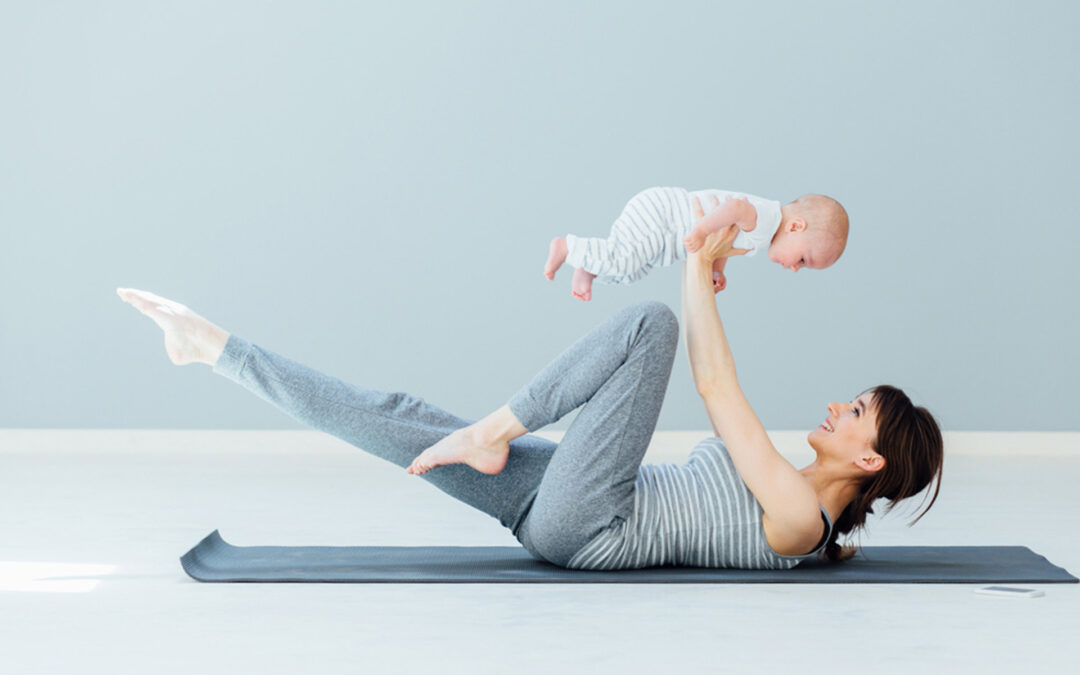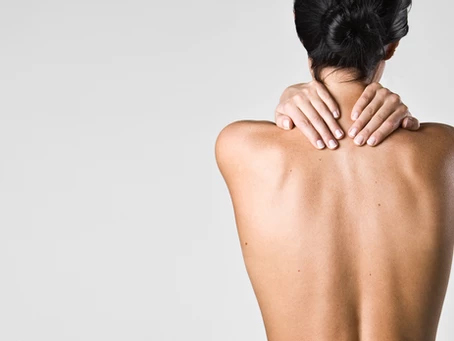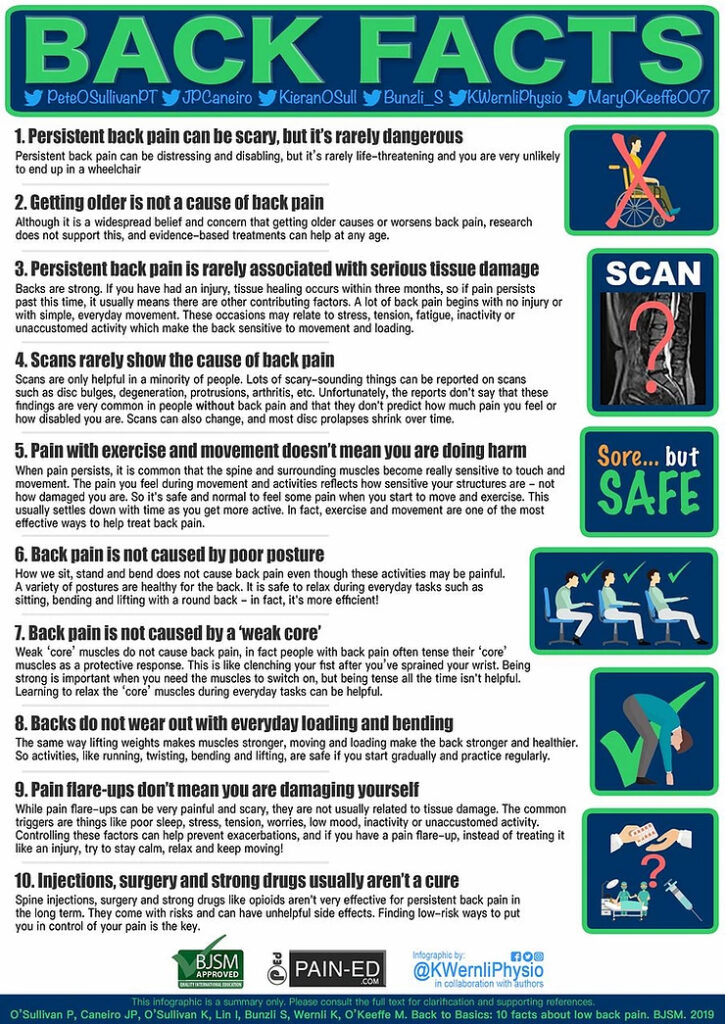
Apr 9, 2024
How to get the best out of your foam roller this marathon season….

With the marathon drawing ever closer, high volumes of training will be leading to better times and improved performance. However, with this increased recent training load comes a build‐up of stress on the body, muscles and joints.
Very simply put, physios and soft tissue therapists use their hands to apply mechanical forces to the muscle tissues. The aim of this is to promote tissue health, improve flexibility, clear waste products, and breakdown and improve the alignment of scar tissue. This mechanical force can also be used to ease tight nodules in the muscles known as ‘trigger points’ or ‘knots’ that can often be a source of local or referred pain in the musculoskeletal system.
While many people may have the resources to get this treatment done by a professional, the rest of us weekend warriors do have another effective option at our disposal…… ‘Self Myofascial Release’ better known as, ‘Foam Rolling’.
Foam rolling has quickly become a staple in training programs worldwide, from elite sports teams who use it as part of their warm‐up before training sessions, to individuals who just want to use it to improve flexibility or relieve pain from high volumes of training or being desk bound at work. Unfortunately there is still a dearth of research in existence to back up its effects but its wide use in professional sport is testament to the benefits it can have in a real clinical setting.
What should I use?
Rollers of various densities and diameters are available today. Beginners will generally need to start with the softer, larger diameter foam roller as this will be more tolerable at first. Having used this for a while and as your tissue quality improves; denser, firmer options will be needed to continue to be as effective. These can be hollow rollers such as The Grid TM (below) with a tough plastic tubing covered by a softer foam. As some of these options can be expensive, the DIY crowd can make their own by getting some PVC piping from their local hardware store and wrapping it in a Pilates style matt!!

One final option for targeting very specific areas such as the underside of the foot or the glute is a tennis ball. When this becomes easy then it can be progressed to using a cricket ball as it is denser and will increase the force applied to the tissue.
How long do I spend rolling?
There is no hard and fast rule for this as it largely depends on the quality of your muscle tissue to begin with. If you are just starting out there is every chance that your tissue quality will be poor or so you will need to do it more, but as this improves and you become more familiar with the techniques and targeting problem areas, the amount of time you’ll have to spend on the roller will decrease. A general guide would be to spend one or two minutes on a given area such as one calf muscle for example and just increase that if some areas are particularly tight (go easy at first as this may cause some muscle soreness initially if too much pressure is applied). Obviously the key is to spend most time on the tightest tissues.
It is worth noting that as this is a method of making the muscle tissue more supple and less dense, this is a fantastic time to get some stretching in directly after rolling to optimise tissue length and flexibility. Spending 30 seconds on each stretch will give the best chance of increasing muscle length.
So how do I target specific muscle groups?
Targeting specific areas is all about positioning and using your own body weight to create the force needed to press on certain ‘trigger points’ and to roll out adhesions and tight areas effectively. In order to expose certain knots as in the glutes for example, putting the muscle on gentle stretch will greatly improve your ability to locate and treat problem areas.
When rolling one area such as the IT band for example, you may feel some referral in other areas such as down the outside of your leg. This is normal and just means that you are rolling on an ‘active’ trigger point. If the sensation is too unpleasant, just ease off on the pressure.
Glutes and piriformis

Sit on the roller and go into a stretch position for the glute. For the right side, put your right foot up on your left knee, using your right hand to support your weight behind. Let your weight onto the roller as you roll back and forth tilting your pelvis and finding different tight areas.
IT Band

Lie with the side of your thigh resting on the foam roller with the roller perpendicular to your body. Use your hands and the non‐involved leg to support you, and adjust the amount of body weight that you can comfortably tolerate. Then roll your leg up and down the roller focusing on the upper third of the ITB, then the middle third and so on, all the while locating and targeting knots.
Quads

Perhaps one of the most simple to areas to target, simply lie on your front with your quads on the roller. Again your body weight will immediately flag up tight areas of the quad that you may not have known about before. Similar to the IT band focus on the area 1 third at a time and rotate slightly every now and then to expose the sides of the muscle also.
Hamstrings
The hamstrings tend to be a deeper group of muscles so you may have to apply more weight to target areas of this. Lie with your hamstrings on the roller, support yourself with your hands and roll and rotate on small areas at a time to effectively improve tissue density. Just cross a leg to increase the pressure.

Groin (adductors muscles)

This is the trickiest area to treat as it is difficult to apply enough pressure. As shown, try to have the roller perpendicular to the thigh, and shift your weight onto the roller.
Calves

While this can be a sensitive area at first, it can improve well with enough attention. Both calves can rest on the roller at first. When more pressure is needed, simply rest one leg on the other to increase the weight going through the target area. For more specific points a tennis ball or lacross ball can also be used.
Peroneals and Tibialis Anterior (shin muscles) Identical to rolling the IT band but just lower down. Alternatively you can also roll on a tennis/cricket ball to target more specific areas.

Plantarfascia (sole of foot)
This is where the tennis ball or golf ball comes into its own. Simply apply pressure through the underside of the foot onto the ball and roll around to expose tight areas. Again take it one bit at a time and apply as much pressure for a strong but comfortable treatment sensation. The effects of a minute or two of treatment can be felt immediately when taking a few steps with bare feet as the foot will be left feeling much looser and supple. If you think you are suffering from plantar fascitis then rolling your foot on a frozen bottle of water can provide some soothing pain relief but again only apply as much pressure as is comfortable.
So that ends this particular blog on rolling. At the end of the day, while no roller can out do the hands of a physio or other hands-on therapist, a good rolling and stretching regime can be of enormous benefit to your training overall while decreasing your chances of injury further down the line. It may not be the most comfortable at first, but it will have you feeling and moving better within weeks.
For any further info or advice don’t hesitate to give us a call or pop in for a chat.
In the run up to the London Marathon we are hosting an Express Massage Week from 15-19th April
Enjoy a 30 minute sports massage for £38 (usually £45). Book Online HERE
Or Get in Touch: 01276 916346 Email: info@physicahealth.co.uk

Oct 23, 2023
Bringing a new life into the world is a remarkable journey, but it’s not without its physical challenges. Pregnancy and childbirth can take a toll on your body, leaving you with weakened muscles, pain, and discomfort. That’s where a Mummy MOT can be a game-changer. If you’re in search of “Mummy MOT near me” or specifically in Surrey, we at Physica Health offer expert pregnancy physiotherapy and postnatal physiotherapy services to help you reclaim your body’s strength and vitality. In this article, we will explore the significance of a Mummy MOT and how it can accelerate your post-pregnancy recovery journey. We’ll also discuss the benefits of pregnancy massage, a soothing therapy that complements your physiotherapy sessions.
The Post-Pregnancy Challenge
Pregnancy and childbirth are incredibly demanding on a woman’s body. It’s a journey filled with physical and emotional changes, and while the end result is the joy of motherhood, many women experience various post-pregnancy challenges. Common issues include:
- Weakened Pelvic Floor Muscles: Childbirth can lead to weakened pelvic floor muscles, which may result in urinary incontinence or discomfort.
- Diastasis Recti: This is the separation of the abdominal muscles, which can lead to a persistent ‘mommy tummy.’
- Back Pain: The strain on your back during pregnancy can lead to postnatal back pain and discomfort.
- General Muscle Weakness: The toll of pregnancy and childbirth can leave your body feeling weaker and less agile.
The Role of Mummy MOT in Post-Pregnancy Recovery
Mummy MOT at Physica Health is a specialised postnatal assessment that aims to address the physical challenges women face after giving birth. It involves a thorough evaluation of the pelvic floor muscles, abdominal muscles, and overall posture. Here’s how a Mummy MOT can help boost your post-pregnancy recovery:
- Personalised Care: A Mummy MOT is tailored to your specific needs. It allows our expert Women’s Health Physiotherapist to create a personalised recovery plan that targets your unique challenges.
- Strengthens Core Muscles: By assessing and addressing diastasis recti and pelvic floor muscle weakness, a Mummy MOT can help you regain core strength and eliminate the ‘mommy tummy’ using specialist exercises specific to your needs and body.
- Prevents and Treats Incontinence: Weak pelvic floor muscles can lead to urinary incontinence. A Mummy MOT can help prevent and treat this common post-pregnancy issue using exercise, advice and effective strategies personalised to your life and demands.
- Reduces Back Pain: Postnatal back pain is a common complaint among new mothers. A Mummy MOT can address musculoskeletal issues contributing to this pain, helping you find relief.
- Return to Exercise: At Physica Health our Mummy MOT assessment not only includes aspects relating to your pelvic floor, but how you move functionally, allowing us to create and prescribe whole body functional exercises to get you feeling strong again. We also excel in creating plans to return to your favourite activities such as sports or running.
- Overall Wellness: A Mummy MOT isn’t just about physical recovery. It’s also about your emotional well-being. The reassurance and guidance provided during the assessment can boost your confidence and overall wellness.
The Benefits of Pregnancy Physiotherapy at Physica Health Surrey
Pregnancy physiotherapy is a vital component of the Mummy MOT process. It focuses on improving the musculoskeletal health of pregnant and postnatal women. Here are the key benefits:
- Pain Relief: Pregnancy physiotherapy can help alleviate common pregnancy discomforts, such as back pain, pelvic girdle pain, and sciatica.
- Preparation for Birth: It can teach you techniques and exercises to prepare your body for the demands of labor and childbirth.
- Postnatal Recovery: After childbirth, physiotherapy can assist in restoring muscle strength and pelvic floor function.
- Personalised Guidance: A qualified physiotherapist can provide tailored exercises and advice to address your specific needs.
Hands on treatment and Pregnancy Massage in Mummy MOT
Pregnancy massage is another valuable element in your post-pregnancy recovery journey. Here’s how it complements the Mummy MOT and physiotherapy:
- Scar Healing: Occasionally, pregnancy and labour related scars can contribute to postnatal pain, weakness or limited function. Massage to these scars can be effective for promoting healing and flexibility for these types of scars.
- Pain Relief: A pregnancy massage can help alleviate the aches and pains associated with pregnancy and postnatal discomfort.
- Improved Sleep: Better relaxation often leads to improved sleep quality, which is essential for post-pregnancy recovery.
- Enhanced Circulation: Massage can boost circulation, which is beneficial for overall health and well-being.
In conclusion, if you’re in Surrey and searching for “Mummy MOT near me,” our expert pregnancy physiotherapy, postnatal physiotherapy, and pregnancy massage services are here to support your post-pregnancy recovery. Reclaiming your body’s strength and vitality after giving birth is possible with the right care and guidance. A Mummy MOT, coupled with pregnancy physiotherapy and massage, can be the key to a healthier, happier post-pregnancy journey. Embrace the transformation and start your recovery today.
Book your Mummy MOT now: 01276916346 or email info@physicahealth.co.uk

Jan 7, 2021
The world’s leading experts have compiled their top list of common misbeliefs and addressed them with some real world facts….
We can all take something from these…the over arching theme is that back pain is normal, it will get better and in general movement is good for us – its what we are designed to do!!

Back pain can be disabling, frustrating, stressful and impacts many aspects of people’s lives. Unfortunately almost 80% of us will experience back pain at some stage or another and it is the leading cause of disability worldwide. This can be driven by unhelpful beliefs in modern society that further compound the effects of this condition and impact recovery on individuals.
To combat this, some of the world’s leading practitioners (O’Sullivan et al 2019) have compiled some of the most common beliefs and responded with 10 facts about back pain. The more health professionals such as ourselves can incorporate these facts when treating our patients and clients the more we can gradually start to change people’s attitudes and improve outcomes.
We can all take something from these 10 facts – the over arching theme is that back pain is normal, it will get better and in general movement is good for us – its what we are designed to do!!
If you are experiencing back pain and would like to have a chat about these facts and how we can help, don’t hesitate to get in touch: info@physicahealth.co.uk 01276 916 346
O’Sullivan PB, Caneiro J, O’Sullivan K, et al Back to basics: 10 facts every person should know about back pain British Journal of Sports Medicine Published Online First: 31 December 2019. doi: 10.1136/bjsports-2019-101611
#lowbackpain #physio

Jan 7, 2021

Physica Health are delighted to announce a new initiative for this marathon training season. If a patient sees us as part of their preparation to run a marathon for charity we will to donate 10% of their total spend with us to their chosen organisation *.
We know first hand the work and training that goes into training for a marathon and understand there will be aches and pains along the way. Many runners need a little help from time to time… whether that be some physio, massage, advice or pilates and strengthening for running, we at Physica Health aim to be your one stop shop to help to get you to that marathon finish line.
Our experience in pro sport is second to none, helping us to advise you on your running preparation, planning and strength regime. Our Physio and director Vanesha has gone on the same journey by training for and completing her first London Marathon also. We feel this combination of expertise and experience together with an open door and availability to call in and chat about your preparation, excitement and any worries make us a great partner to have on your side for the journey.
If you need to spend money on physio or training to help you get through your journey then why not make sure some of it goes to your chosen charity.
Here is an overview of what we offer:
-
Physiotherapy – sporting and non sporting injuries
-
Pilates – We offer classes including Pilates for Runners. We also offer 1-1 sessions for Matwork and Reformer Pilates.
- Rehabilitation – We have extensive experience of rehab in pro sport as well as rehab studio with equipment on site.
-
Women’s Health – Therapeutic treatment of all disorders affecting the pelvis and pelvic floor, including pregnancy related problems.
-
Occupational Health – We can work with companies to provide wellness workshops as well as pilates and flexibility classes.
-
Athletic Screening – We use our pro-sport experience to screen for flexibility and strength imbalances that can be targeted to reduce injury risk.
-
Performance – Our strength and conditioning experience means we can put bespoke programmes together to assist with running performance and injury reduction.
We pride ourselves in offering:
-
A local ‘go to’ service that can offer treatment and advice with the same community feel as your running club or friends.
-
Quick service: we can usually get your clients seen within 48 hours.
-
We are covered by all major health insurers (*5% donated to your charity if using these)
Should you require any more info don’t hesitate to give us a call on 01276 916 346 or email us at info@physicahealth.co.uk
Feel free to take a sneak peak at our website www.physicahealth.co.uk
Wishing you the best of luck with your training
The Physica Health Team
#running #marathon #injury #physiotherapy #sportsphysio #charity














